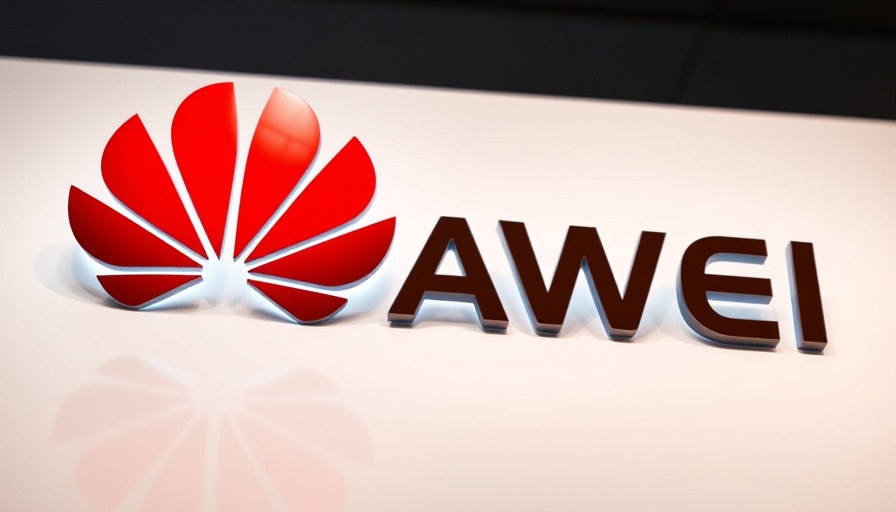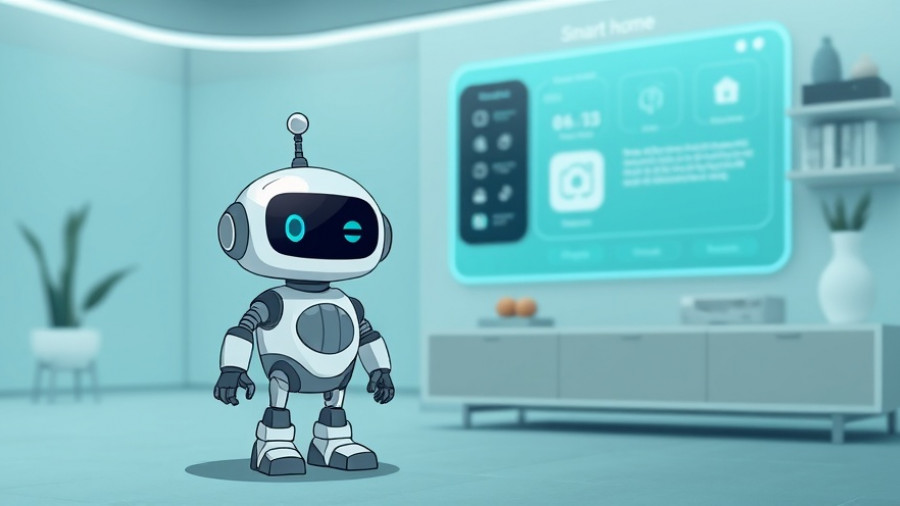
Ex-Huawei Workers Face Justice for Theft: What It Means for Tech Innovation
In a significant ruling, a Shanghai court has sentenced 14 former employees of tech giant Huawei to prison for stealing proprietary semiconductor secrets. This event has set off alarms not just in the Chinese tech industry but globally, as issues of intellectual property (IP) rights continue to be at the forefront of corporate ethics.
The sentenced individuals, who were once part of Huawei's esteemed HiSilicon division, departed the company only to establish Zunpai Communication Technology, a startup geared towards developing Wi-Fi technology. However, this promising endeavor came under scrutiny when Huawei accused Zunpai of incorporating stolen trade secrets into their product development. The court's decision, meted out on July 28, included prison terms of up to six years and substantial financial penalties.
Understanding the Global Impact on IP Rights
This case exemplifies a growing resolve within China to protect intellectual property, reflecting a broader trend seen around the world. With China's Supreme People's Procuratorate revealing that approximately 21,000 individuals were prosecuted for IP crimes in 2024 alone, it signals a shift towards more serious repercussions for such transgressions. This heightened enforcement is crucial not just for Chinese companies but also for foreign entities engaging in trade, as it fosters a fair environment.
Counter Perspectives: Huawei's Dual Role in IP Issues
Interestingly, this case reflects a role-reversal for Huawei, which has been accused of stealing Western technology in the past. Prior to the ex-employees' sentencing, Huawei itself faced indictments involving ten counts of IP theft. This ironic twist paints a complex picture of the tech landscape, where giants like Huawei must now reckon with the consequences of their own past actions while trying to uphold industry standards.
What's at Stake for Startups and Their Employees
As tech-savvy homeowners and budding entrepreneurs in areas like London explore smart and connected homes, the implications of this story extend beyond corporate borders. For those in the DIY and home improvement space, the legal trouble faced by Zunpai’s founders raises important questions about innovation ethics and the responsibilities that come with developing new technologies. Not only does it showcase a cautionary tale for innovators—proving that the pursuit of disruptive tech must be balanced with ethical practices—it also emphasizes the importance of understanding IP laws in the development of smart home technologies.
Emotional Insights: Navigating the Path of Innovation
This story resonates emotionally with anyone who has experienced the thrill of innovation, often colored by the fear of competition. When individuals turn their dreams into reality, they must tread carefully, ensuring they respect the contributions of others. It’s a poignant reminder of the human stories behind the headlines—the engineers who once built their lives at Huawei but now face sobering consequences for decisions that could have alternatively crafted successful paths.
Conclusion: Looking Ahead in the New Age of IP Awareness
As the dust settles on this case, we’re left contemplating what this means for the future of tech innovation and IP rights globally. Whether you’re a homeowner in London planning your next smart home project or just someone following the exciting advancements in technology, it’s crucial to stay informed about the ethical landscape of innovation. Be part of the conversation about how we can create an environment where creativity thrives without compromising integrity.
If you're interested in contributing to a community that values innovation while respecting intellectual property, consider exploring workshops or local meetups focused on ethical tech development. By engaging with fellow enthusiasts who prioritize smart and connected living, you can help shape a brighter future.
 Add Row
Add Row  Add
Add 




Write A Comment